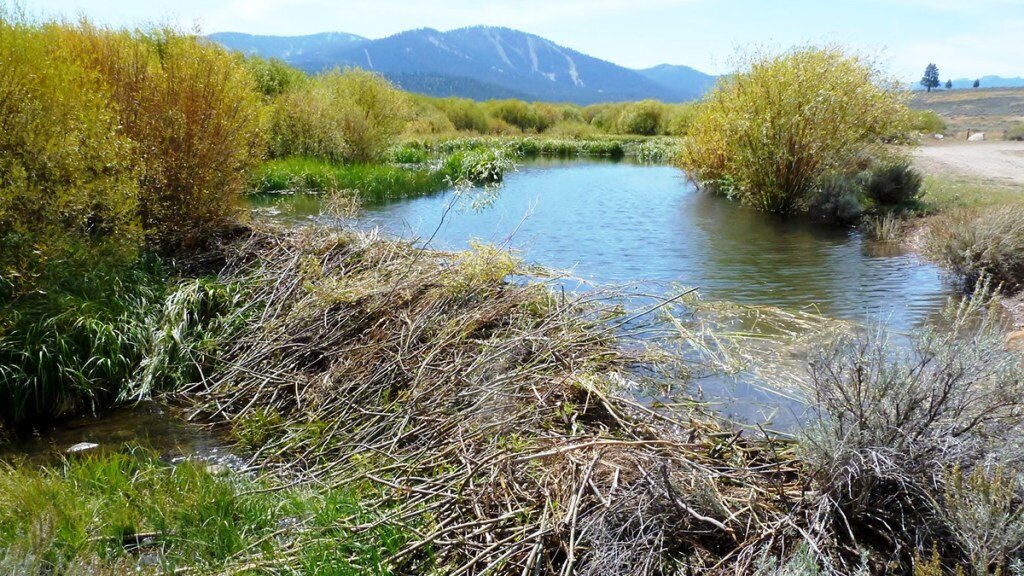Artificial intelligence in the form of a machine learning system has been utilized to assess the population of beavers in North America. Scientists trained a machine to search for beaver dams on satellite images.

Beaver Dams on Satellite Images
American ecologists taught artificial intelligence to search for beaver dams on rivers and streams. An article about this was published in the Journal of Geophysical Research: Biogeosciences. The researchers created the Earth Engine Automated Geospatial Element(s) Recognition (EEAGER) machine learning algorithm, which was trained on photographs and satellite images that had previously identified structures created by these animals.
Artificial intelligence has previously been used for processing satellite images and extracting geospatial information. It has been used to count trees in North Africa and identify algae on rocks in deserts.
Now it’s time for beavers. After training the artificial intelligence, scientists provided it with a series of recent satellite images and then checked how accurately it could identify the dams on them.
It turned out that the machine recognizes landscapes affected by beaver engineering activity with an accuracy of 98.5 percent. However, it is not as confident in identifying the dams themselves. The accuracy of recognizing known dams is 63 percent, and the prediction for those that have not been observed by humans is only 25 percent.
Why do scientists count beavers?
In the future, researchers plan to improve artificial intelligence because counting beavers is not just a whim, but a really important scientific task. The dams built by these animals have a significant impact on the climate. They create new habitats for other species, retain carbon, and provide water to arid areas.
There used to be a large number of beavers in North America. However, their population started decreasing due to hunting. This had a highly negative impact on the natural ecosystems they created. Over the past few decades, their population has been increasing again. It is crucial for scientists to know how quickly their population is growing and how it affects the environment.
Source: phys.org

